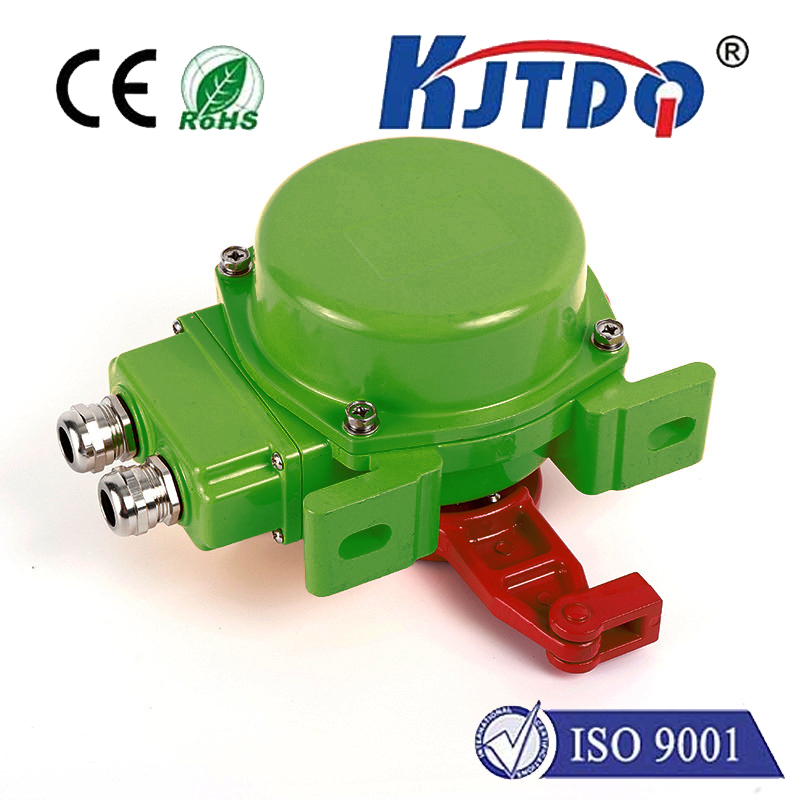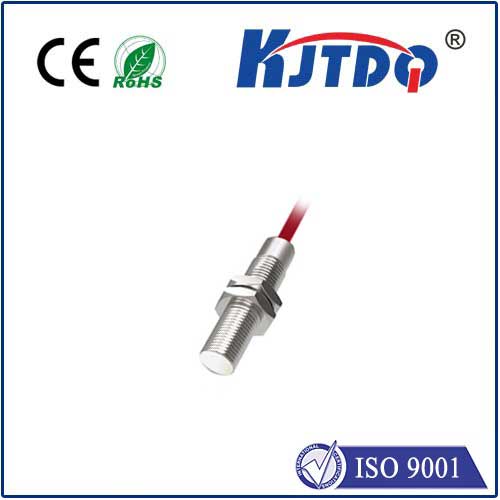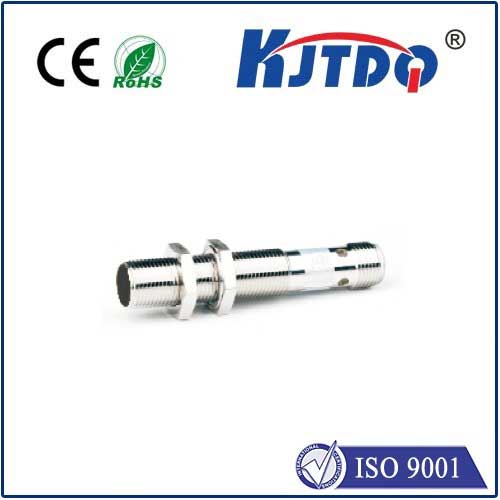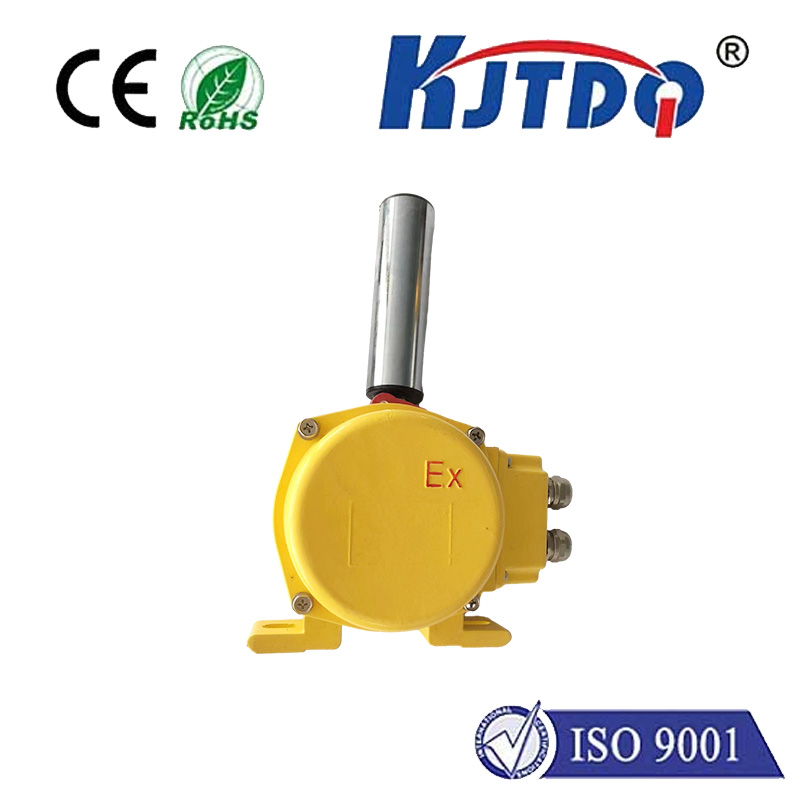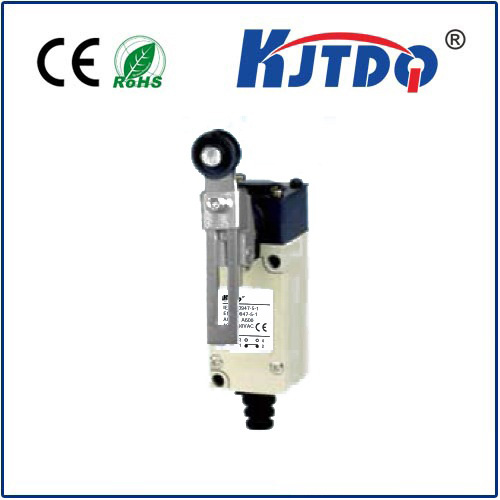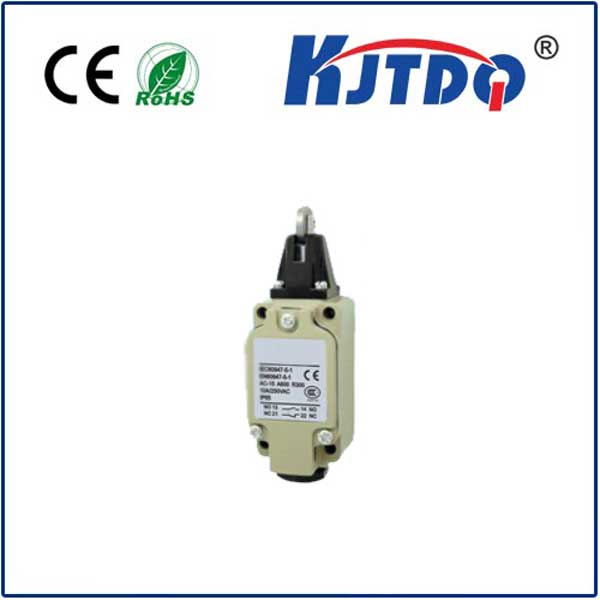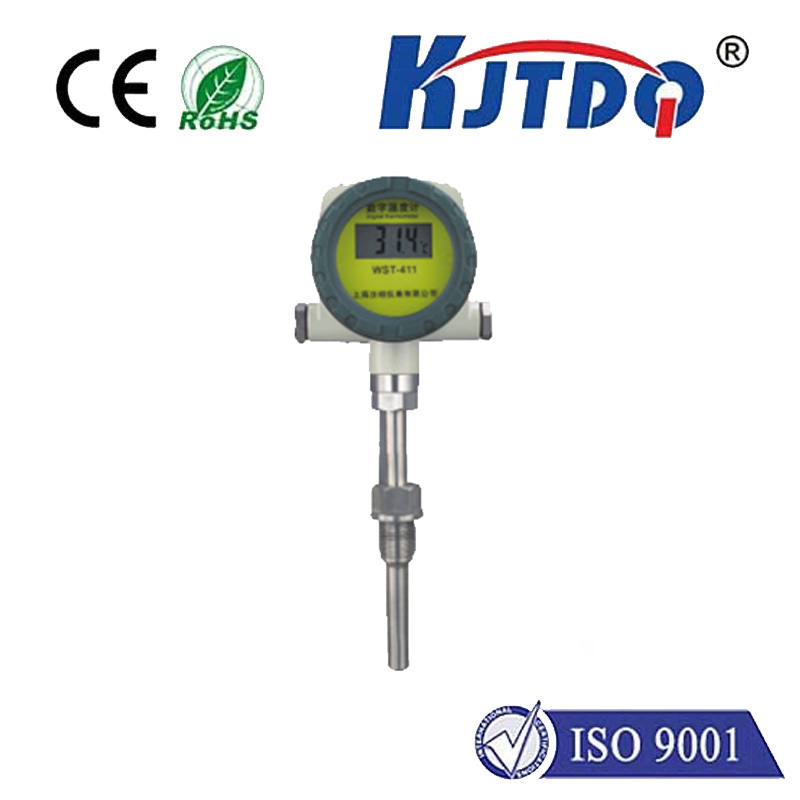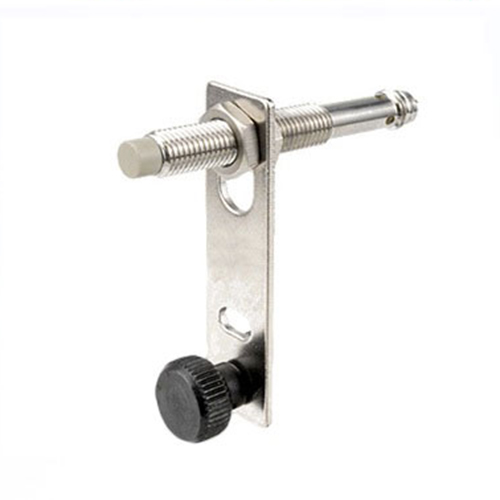

check

check

check

check

check

check

check

check

check

check
Title: The Cutting-Edge Technology of Laser Movement Detectors: Revolutionizing Industries
Introduction:
Laser movement detector technology has emerged as a game-changer in various industries, providing accurate and reliable detection of motion. This innovative technology uses laser beams to detect changes in the movement of objects or people, enabling organizations to improve their operations, enhance security measures, and boost efficiency. In this article, we will delve into the principles behind laser movement detectors, their applications in different sectors, and the potential future developments in this field.
Principles of Laser Movement Detection:
Laser movement detectors work by emitting a narrow beam of light from a laser source, which is then reflected off a reflective surface or object. The time it takes for the light to travel back to the detector determines the distance and speed of the object's movement. By analyzing these variations in the laser's return time, a precise measurement of motion can be obtained. This process is highly efficient, requiring minimal power consumption and offering high accuracy levels.
Applications of Laser Movement Detectors:

1. Security and Surveillance:
In the realm of security and surveillance, laser movement detectors play a crucial role in detecting potential threats and unauthorized activities. These devices are commonly used in access control systems, video surveillance systems, and airport screening processes. Their ability to detect even small movements allows for quick responses and enhanced security measures.
2. Manufacturing and Industrial Automation:
In the manufacturing sector, laser movement detectors help optimize production processes by detecting any anomalies or errors in machine performance. This technology enables manufacturers to identify equipment malfunctions early on, reducing downtime and improving overall efficiency. Additionally, laser motion detectors are utilized in robotic automation systems for precision assembly tasks.
3. Healthcare:
In healthcare settings, laser movement detectors are employed to monitor patients with chronic conditions such as Parkinson's disease or Alzheimer's disease. By detecting slight fluctuations in patient movements, doctors can better understand their patients' behavior patterns and provide more personalized care.
4. Automotive Industry:
The automotive industry has also embraced the benefits of laser movement detectors, particularly in the development of autonomous driving technologies. These sensors help vehicles navigate complex traffic environments by providing real-time information about pedestrian movements and other obstacles. This technology holds great promise for improving road safety and enhancing overall transportation efficiency.
Future Developments in Laser Movement Detection:
As laser technology continues to evolve, there are several exciting advancements on the horizon that could revolutionize the field of laser movement detection. These include the integration of Artificial Intelligence (AI) algorithms, which can analyze vast amounts of data and provide even more sophisticated insights into object movements. Additionally, improvements in the sensitivity and accuracy of laser sensors are expected to lead to more advanced applications, such as in sports analytics and wildlife monitoring.
Conclusion:
Laser movement detectors have proven themselves as an indispensable tool for industries ranging from security and manufacturing to healthcare and autonomous driving. Their ability to accurately detect motion offers numerous advantages over traditional methods, making them increasingly valuable in a wide range of applications. With ongoing research and development, the future of laser movement detection looks bright, promising even more groundbreaking innovations that will transform the way we live and work.

